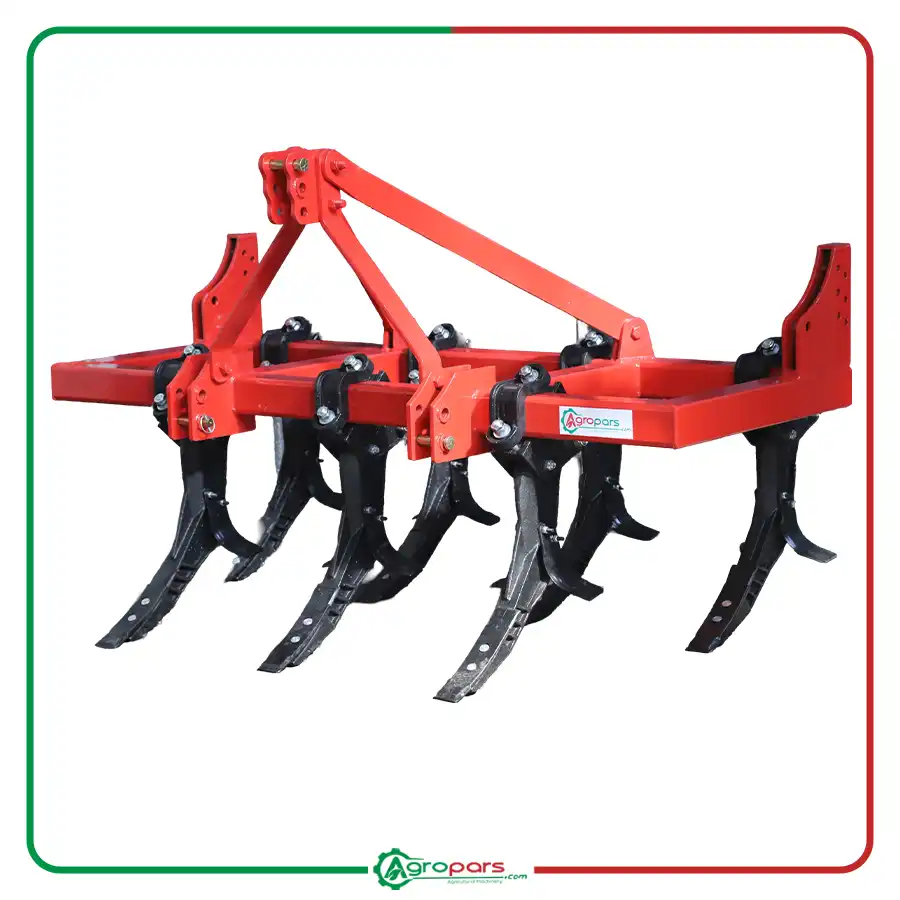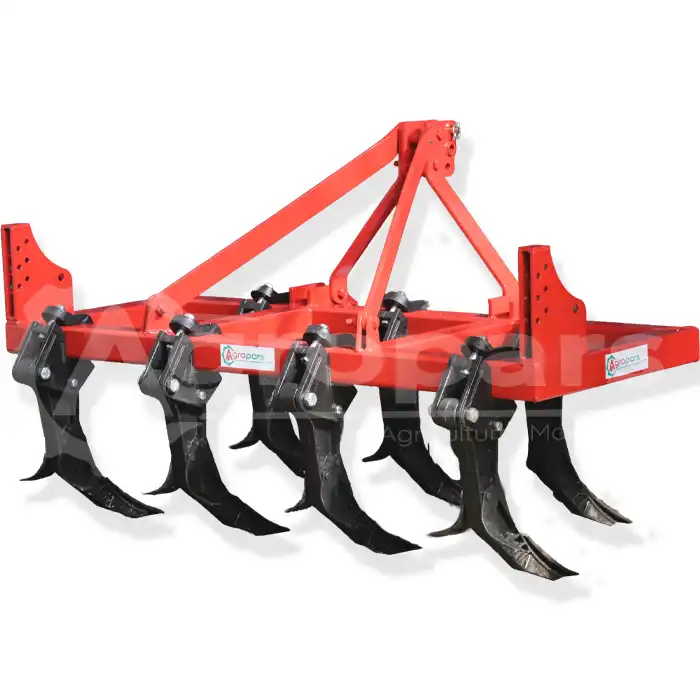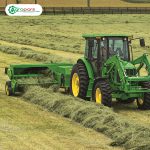Introduction:
Conservation tillage is a modern approach in agriculture that has replaced traditional tillage methods with the aim of conserving soil resources, reducing erosion, and increasing productivity. Among these, the chisel plays a crucial role as one of the key conservation tillage implements in preparing agricultural lands. In this article, we will examine and compare the chisel with other conservation tillage implements, discussing the advantages and disadvantages of each.

Chisel: A Powerful Tool for Conservation Tillage
The chisel is a tool that, by breaking up hard soil layers without turning them over, helps in soil aeration, increased water permeability, and preservation of plant residues. This not only reduces soil erosion but also leads to moisture retention and increased soil organic matter.
Comparison of Chisels with Other Conservation Tillage Implements:
- Subsoiler:
- Similar to the chisel, the subsoiler breaks up hard soil layers, but its working depth is less.
- The subsoiler is more suitable for lighter soils, while the chisel can be used for heavy and compacted soils as well.
- Minimum Tillage Discs:
- Minimum tillage discs mix plant residues with the soil, but their working depth is limited.
- Minimum tillage discs are suitable for seedbed preparation in light soils, but the chisel performs better in heavy soils.
- Cultivators:
- Cultivators are used to eliminate weeds and soften the soil surface.
- Cultivators are suitable for shallow tillage and are not effective for deep tillage.
Advantages of Using a Chisel:
- Preservation of plant residues: The chisel preserves plant residues on the soil surface, which helps in moisture retention and reduced soil erosion.
- Increased water permeability: Breaking up hard soil layers increases water permeability and prevents surface runoff.
- Improved soil aeration: By creating pores in the soil, the chisel improves its aeration, which is beneficial for plant root growth.
- Reduced soil erosion: Preserving plant residues and increasing water permeability reduces soil erosion.
- Soil structure improvement: Breaking up hard soil layers improves its structure and helps in better plant growth.
Disadvantages of Using a Chisel:
- Need for a powerful tractor: The chisel requires a powerful tractor to work in heavy soils.
- High fuel consumption: Tillage with a chisel increases tractor fuel consumption.
- High initial cost: The price of a chisel is higher compared to some other tillage implements.

Conclusion:
The chisel is a powerful and efficient tool in conservation tillage, which, with its numerous advantages, helps in conserving soil resources and increasing agricultural productivity. The selection of suitable tillage implements depends on the type of soil, field conditions, and farmer objectives. However, the chisel, as one of the main options in conservation tillage, can play an important role in achieving sustainable agriculture.






